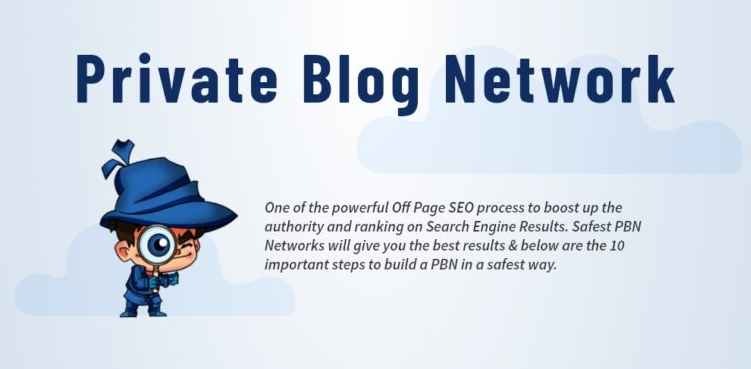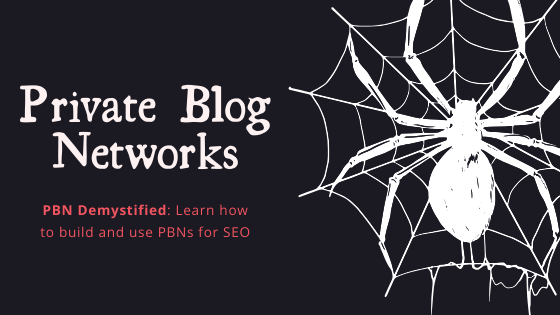All Categories
Featured
Table of Contents
- – Top Tools For Semantic Seo Shop Near Me
- – What Is The Most Practical Semantic Search Eng...
- – How Much Should I Pay For What Is Semantic Seo?
- – What Is The Premier Semantic Seo Audits Company
- – What Is The Leading Optimizing For Search In...
- – What Are The Leading Semantic Content Optimi...
- – Which Is The Premier Optimizing For Search I...
The web is altering, coming to be an increasing number of semantic. SEO is also transforming and coming to be more semantic. This is since internet search engine have progressed and are relocating an increasing number of towards checking out material online. Obviously, that has actually likewise altered the method we create content, specifically if we intend to rate better in the online search engine.
Intertwingularity is not generally acknowledged, people keep acting they can make points deeply hierarchical, categorizable and sequential when they can not. Based on the relationships in between search intentions, the search engine chooses a material in placing by computing the range in between the vectors of meaning.
It permits you to see, starting from a subject, all the entities that are related to that subject. This way you can clearly see which entities/concepts/ideas have actually currently been covered on your site, and you can discover brand-new chances by understanding what content you can add and how to develop it.
Top Tools For Semantic Seo Shop Near Me
It has the ability to make your material reasonable for search engines on the one hand and for your audience on the various other. Structuring your content design highlights your material and its hidden relationships to make sure that internet search engine can recognize you amongst thousands of items of information, making you more noticeable to individuals that fulfill the search intent relevant to your organization.
In semantic search engine optimization copywriting, an editor begins from a wider variety of subjects and tailors the content to include semantically relevant terms and phrases that help visitors comprehend a topic, similar to checking out content in a wiki. From a content writing perspective, one functional means to do this is to develop a vocabulary of terms and questions bordering your target topic.
What Is The Most Practical Semantic Search Engines To Have
Discover more concerning by viewing the by!.

Semantic search describes the procedure of just how internet search engine understand and match search phrases to a searcher's intent in natural search results page. Before semantic search, search engines like Google operated like matchmakersaligning specific words in your inquiry with those specific words on websites. The results were straightforward yet usually lacked deepness.
How Much Should I Pay For What Is Semantic Seo?
It makes it possible for Google to provide fast, accurate answers to search questions about real-world topics. When you kind an inquiry word into Google, you're not just entering a series of words.
When you search for "Apple," Google does not simply see a word that defines a fruit. It acknowledges Apple as a business and can give relevant information. Like the name of its chief executive officer, Tim Cook, or its latest supply costs. Google introduced the Hummingbird update in 2013. It was Google's solution to the increase of voice searches, where inquiries became extra conversational and nuanced.
What Is The Premier Semantic Seo Audits Company
By integrating NLP, Hummingbird enabled Google to relocate past simple keyword matching. It helped the online search engine comprehend search intent, raising the chances that results would accurately match the reason behind a user's search. As the third crucial ranking variable after material and links, RankBrain has enhanced Google's semantic search capabilities to comprehend the definition of search questions.
RankBrain is a maker learning system that aids Google interpret questions it hasn't seen prior to. It can make hunches regarding words and expressions it does not acknowledge and filter results appropriately. Making it much more reliable at dealing with never-before-seen search inquiries. RankBrain thinks about more than simply key phrases when assessing a search query.
It fetches results that match the key words and align with the total intent of supplying young puppy training suggestions. And if the individual regularly browses for dog-related material, Google could focus on extra detailed training guidesrecognizing the user's continuous passion in the topic. Integrating modern technologies like the Knowledge Chart, Hummingbird, and RankBrain, semantic search aids the Google formula interpret and connect information throughout a substantial internet of information.
What Is The Leading Optimizing For Search Intent Manufacturer
The emphasis changes from keyword option to an alternative technique encompassing individual intent, topical importance, and overall individual experience. Producing content that resolves the searcher's needs with extensive details can improve your SERP positions. Below, we describe the trends and practices that combine the requirement for semantically notified content. Later, we give actionable ideas to turn these insights right into best practices.
And type of web content can best please their needs. A wider strategy to material aligns much better with semantic search's change far from specific keyword matching and towards individual intent. Which clarifies the boosted concentrate on subject clusters, as opposed to specific key phrases. Content that covers search questions better not just satisfies individuals.
UX aims to produce an aesthetically appealing, user-friendly interface with interesting, high quality web content that urges visitors to remain. Semantic search innovation makes it possible for search engines to aim for results that give the ideal possible UX.
What Are The Leading Semantic Content Optimization Brands To Buy

All showcase Google's capacity to attend to a topic query comprehensively. By understanding the context and intent behind user queries, search engines can supply much more pertinent details and potentially raise customer involvement. Customization in search results page makes for far better UX.Based on your past search background and choices as a customer, semantic search helps internet search engine tailor the outcomes to fit your special demands and interests.
It fetches outcomes that match the keyword phrases and line up with the total intent of providing pup training suggestions. And if the user regularly searches for dog-related web content, Google could prioritize extra detailed training guidesrecognizing the customer's continuous passion in the topic. Integrating innovations like the Knowledge Chart, Hummingbird, and RankBrain, semantic search aids the Google formula translate and connect data across a huge web of details.
Which Is The Premier Optimizing For Search Intent Service?
The emphasis changes from keyword choice to an alternative strategy including individual intent, topical importance, and general user experience. Producing material that deals with the searcher's demands with detailed details can boost your SERP rankings.

And sort of content can best satisfy their demands. A more comprehensive method to content aligns better with semantic search's change far from exact search phrase matching and towards individual intent. Which discusses the increased concentrate on subject collections, rather than specific key words. Material that covers search inquiries much more completely not just satisfies individuals.
UX intends to produce an aesthetically attractive, straightforward user interface with engaging, top quality content that motivates site visitors to stay. Semantic search technology allows search engines to aim for outcomes that offer the ideal possible UX.
All showcase Google's capability to attend to a topic question adequately. By understanding the context and intent behind customer queries, online search engine can deliver a lot more pertinent info and potentially raise customer engagement. Personalization in search engine result makes for much better UX.Based on your past search background and choices as a user, semantic search assists search engines customize the results to fit your special demands and passions.
Table of Contents
- – Top Tools For Semantic Seo Shop Near Me
- – What Is The Most Practical Semantic Search Eng...
- – How Much Should I Pay For What Is Semantic Seo?
- – What Is The Premier Semantic Seo Audits Company
- – What Is The Leading Optimizing For Search In...
- – What Are The Leading Semantic Content Optimi...
- – Which Is The Premier Optimizing For Search I...
Latest Posts
Which Is The Most Popular Implementing Semantic Seo To Buy
What Is The Most Valuable Semantic Seo Content Analysis For The Price
Semantic Search Optimization
More
Latest Posts
Which Is The Most Popular Implementing Semantic Seo To Buy
What Is The Most Valuable Semantic Seo Content Analysis For The Price
Semantic Search Optimization